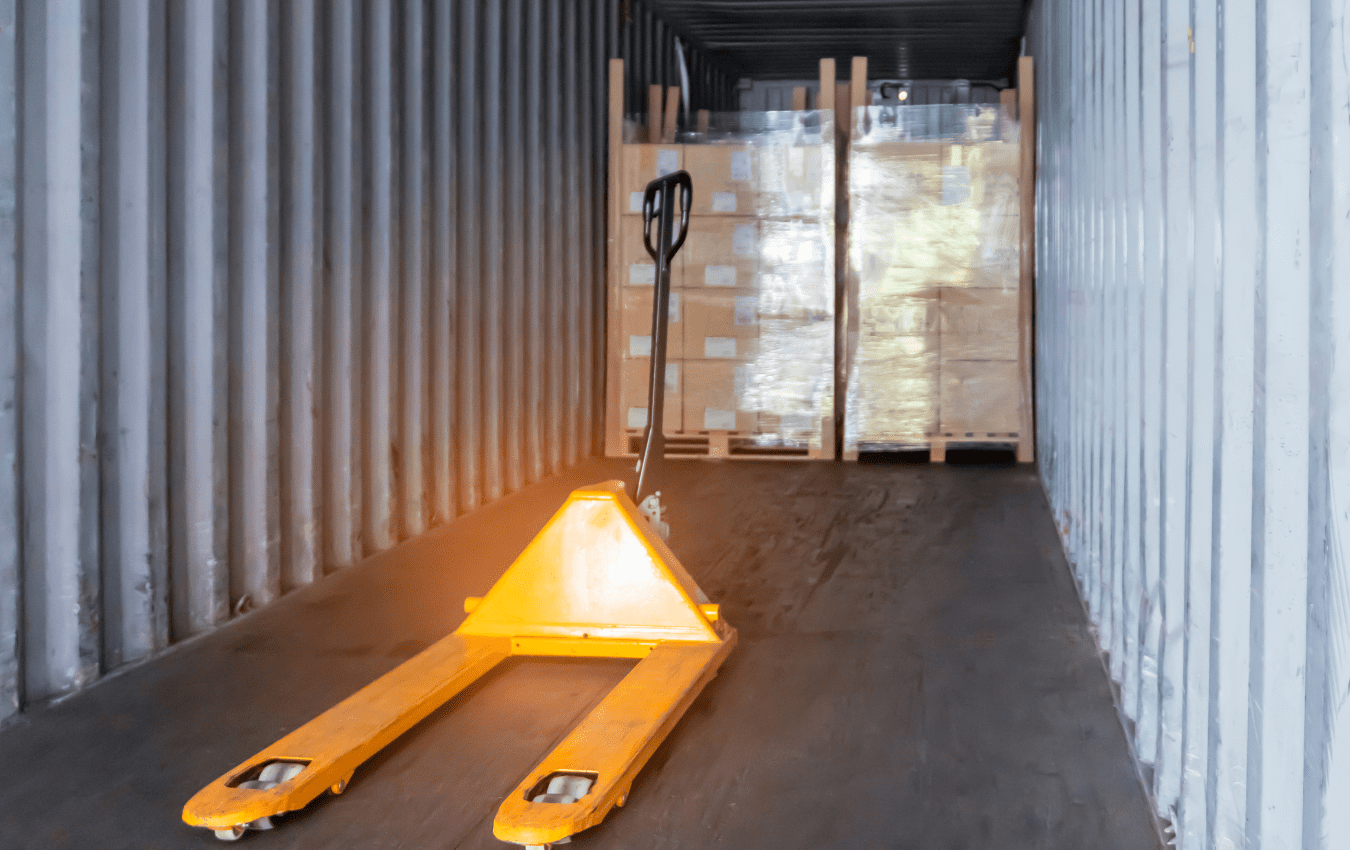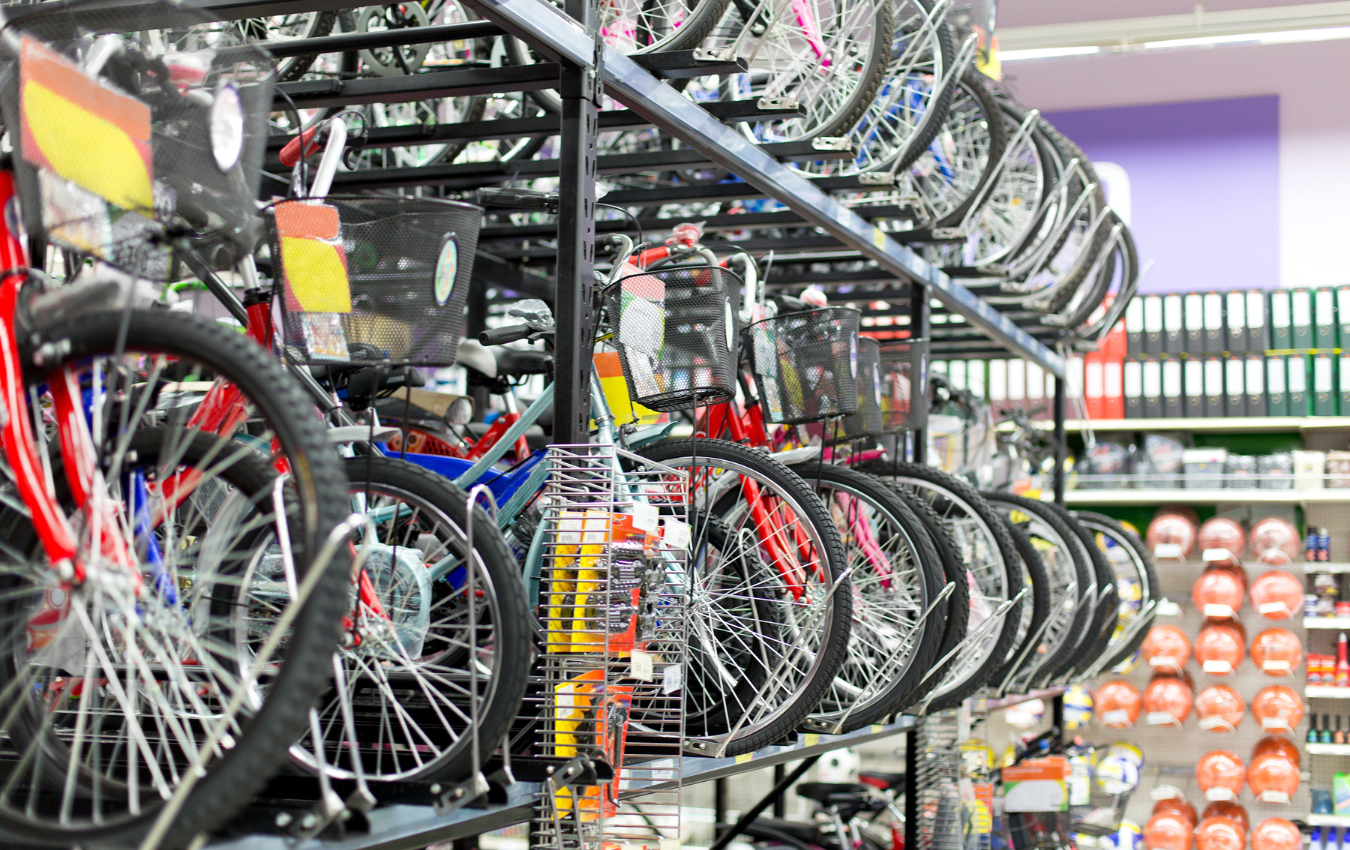Home » The Impact of Size and Weight on Packaging
The Impact of Size and Weight on Packaging

In the realm of packaging, the size and weight of a package are more than just physical dimensions; they are critical factors that influence a range of business operations, from logistics to customer satisfaction. This blog post delves into the multifaceted impacts of packaging size and weight, highlighting challenges and opportunities for businesses.
Shipping and Transportation Costs
The size and weight of packaging have a direct bearing on shipping costs. Carriers often charge based on dimensional weight, which considers both size and actual weight. Heavier and bulkier packages typically lead to higher shipping fees, affecting the overall cost-efficiency of product distribution.

Storage and Warehousing Demands
Packaging size and weight significantly affect warehousing strategies. Larger and heavier packages require more storage space and might necessitate specialized handling equipment, impacting warehouse design, operations, and cost.
Environmental Considerations
Sustainability is a key concern in packaging decisions. Larger and heavier packages consume more resources and contribute to higher carbon emissions during transportation. Sustainable packaging strategies often focus on minimizing size and weight to lessen environmental impact.
Packaging Design and Material Selection
Choices in packaging design and materials directly impact size and weight. Innovative design can reduce packaging size without compromising protection or aesthetic appeal. Lightweight yet durable materials can minimize package weight while ensuring product safety.

Product Safety and Protection
While the primary function of packaging is to protect the product, over-sizing or adding unnecessary weight can be counterproductive. Tailored packaging that fits the product’s dimensions and fragility can provide optimal protection without excessive size or weight.
Customer Experience and Brand Perception
The size and weight of packaging affect the unboxing experience and, by extension, brand perception. Bulky or heavy packaging can be cumbersome for customers, potentially leading to a negative unboxing experience. Conversely, compact and lightweight packaging can enhance customer convenience and satisfaction.

Compliance with Shipping Regulations
Packaging must adhere to various shipping regulations, especially for international trade. These regulations often include restrictions on package size and weight, making compliance a key consideration in packaging design.
Cost Implications and Efficiency
Efficiently designed packaging can lead to cost savings in several areas, including material usage, shipping, and storage. Balancing the size and weight of packaging with the need for product protection and customer appeal is crucial for operational efficiency.
If you are interested in optimizing the size and weight of your packaging, then partner with Brown Packaging today to get started.
RSC boxes are known for their efficiency and versatility, but their performance ultimately comes down to strength. Buyers often see numbers like ECT, BCT, and
In packaging, foam isn’t just about initial protection — it’s about maintaining performance over the entire shipping or storage cycle. Compression set and recovery characteristics
Pouches are a go-to for flexibility and convenience, but they can fail in critical ways—from poor seals to punctures and delamination—that hurt performance and brand
In the retail environment, the placement of Point of Purchase (POP) displays is just as critical as their design and content. Strategic positioning can significantly
Choosing the right foam density isn’t about “soft” versus “hard” — it’s about controlling shock transmission and matching the foam’s cushioning curve to the product’s
Moisture resistance and dimensional stability are critical performance factors for custom inserts, especially when products are shipped or stored in variable climates. Both foam and
Home » The Impact of Size and Weight on Packaging

Packaging is an essential aspect of the modern supply chain, serving as a protective shield for products, preserving their quality, and enhancing their marketability. Among

For retailers and suppliers in the cycling industry, your bicycles are more than just products—they represent a passion for cycling and a commitment to quality.

In the dynamic world of retail, the collaboration between POP Displays and Trap Blister Packs holds immense potential. These two elements – POP Displays and


